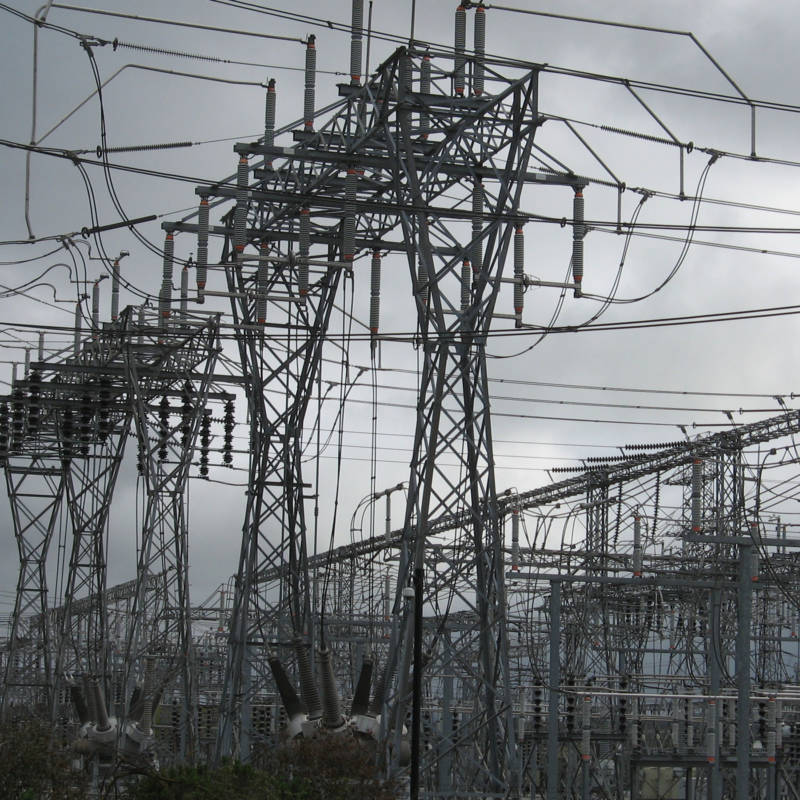
If you’re ready for some good news on the climate front: California’s carbon emissions from power generation dropped in 2009 and 2010.
That’s according to a new analysis from Thomson Reuters’ Point Carbon that looked at power generated here in California, as well as electricity imported from out of state.
According to the report (available by subscription only), emissions were down 12% over the study period. Part of the drop, not surprisingly, was due the global recession and the state’s slowed economy in 2009. But the study found that even when the economy started growing again, emissions continued to decline.
Sound mysterious? Not really, according to study co-author Ashley Lawson.
“It was actually the weather,” she said. “It was relatively cooler in 2010, so people were running their air conditioners less, and it was also relatively wetter, so there was more water available for producing hydroelectricity.”
So, despite a slight uptick in the economy, demands on the electrical grid were less due to milder temperatures — and the state was able to meet more of its electrical needs with carbon-free hydropower, which meant less demand for coal or gas, and hence, fewer emissions.
Lawson said that new solar and wind installations in California also contributed to the drop in emissions, and, while they played a smaller role than hydropower (just 15% of the reductions), she said, in one way, they are more significant.
“Hydro power will only generate electricity as long as the conditions stay good for it,” she said. “It’s a temporary situation. Renewables like wind and solar will lead to keeping emissions low because they aren’t going to go away.”
The study also looked beyond power generation and analyzed all of the stationary sources in California that will be subject to the state’s cap & trade program as of 2013. That includes power plants as well as manufacturing facilities and other large industrial plants that emit more than 25,000 tons of greenhouse gases per year. The study found that emissions from those 343 sources also experienced a decline of 11% over the same period, although the results varied by sector. Emissions from mining fell nine percent, and those from cement, lime, and glass production fell 34%. Meanwhile emissions from chemical plants rose 21%.
The study did not track emissions from cars, trucks and other transportation sources. Electricity generation is about a quarter of California’s total carbon emissions “pie.”
